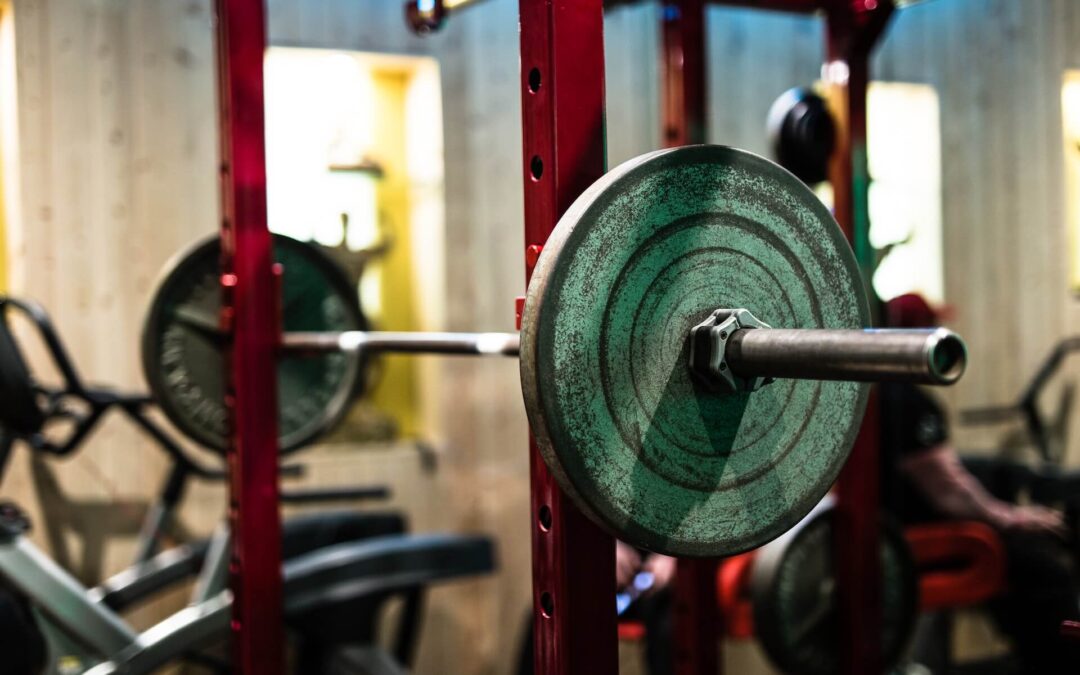Here are a few tips and techniques on glute training that I wish someone had taught me back at Uni. These principles are based on simple physics and have been realized through continual learning and practice in the field. If you are someone who fails to “feel” their glutes when specifically attempting to target them through strengthening exercises, or if you tend to feel most lower body exercises in your lower back, this post will be beneficial for you. Welcome to an exploration of the physics behind effective glute training. Understanding how physics principles apply to our body mechanics during exercises can significantly enhance our ability to engage and activate the glutes. In this article, we’ll uncover key concepts rooted in physics that can revolutionize your approach to glute training, helping you achieve optimal muscle activation and results. Whether you’re a seasoned fitness enthusiast or new to the gym scene, mastering these techniques will empower you to maximize the effectiveness of your workouts and unleash the full potential of your glutes.
In our bodies:
Bones act as lever arms.
Joints act as pivots, or fulcrums.
Muscles provide the effort forces to move loads.
Load forces are often weights or the weights of the body itself acting against gravity.
Torque is a turning effect, or leverage.
Forces from our muscles produce torques about our joints.
Forces acting on levers have different effects, depending on how heavy they are and also how far away they are from the pivot. Force (Nm or Ncm) = force (N) X perpendicular distance to the pivot (m or cm).
The YouTube video below contains snippets of my weekly online classes.
Main points raised in the video:
Hip Hinge
Keep your spine neutral and as stiff as a board. Essentially, this means making your hip joint the pivot/fulcrum rather than your lower spine. Allowing your spine to flex and extend during glute exercises shifts the fulcrum away from your hips, leading to the recruitment of other muscles instead of the glutes. It’s crucial to maintain a stiff spine to serve as a lever arm; otherwise, it acts as a fulcrum, engaging your back muscles.
Knee Joint Angle
Pay attention to the angle of your knee joint. A knee angle positioned at approximately 90 degrees will effectively train your glutes. This holds true for exercises like hip/glute bridges, hip thrusts, stepping, and squatting. A knee angle greater than 90 degrees favors hamstring recruitment, while a knee angle less than 90 degrees favors quadriceps recruitment. Remember, in combination with your knee position, maintain a neutral spine and hinge from your hips.
Hip Extension
Hip extension is not as impressive a movement range as you might believe. If you feel strain or pain in your lower back during hip extension exercises, you’re likely “cheating” by extending through your lower back. We have approximately 10-15 degrees of hip extension when the spine is in a neutral position. This range is even smaller when the lower spine is flat or the hips are in a posterior tilt. This applies to exercises like the hip bridge with feet elevated on a chair. Instead of focusing on how high your hips are lifted, prioritise keeping the hips as the fulcrum by posteriorly rotating them and “locking” the lower spine from moving.
To Sum Up
Understanding the physics behind glute training can fundamentally transform your approach to fitness. By implementing techniques that optimise muscle activation and leverage body mechanics, you can unlock the full potential of your glutes and enhance the effectiveness of your workouts. Remember to keep your spine neutral, focus on knee joint angles, and prioritise proper hip extension to target the glutes effectively. By incorporating these principles into your training routine, you’ll not only strengthen and sculpt your glutes but also improve overall athletic performance and reduce the risk of injury. So, embrace the power of physics in your fitness journey and watch as your glutes reach new heights of strength and functionality.
If you’d like to join me for online coaching and are not sure where to start, feel free to get in touch. To better, stronger and more powerful glutes! Michelle
